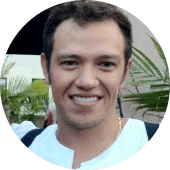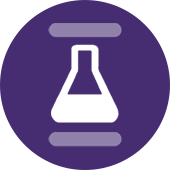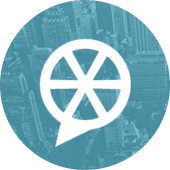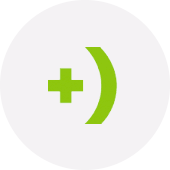Modern off-grid communications.
At LDLN (pronounced 'Landline'), we provide the framework & technology for individuals and organizations to instantly communicate rich data without the need for Internet, cell service, satellites, or phone lines.
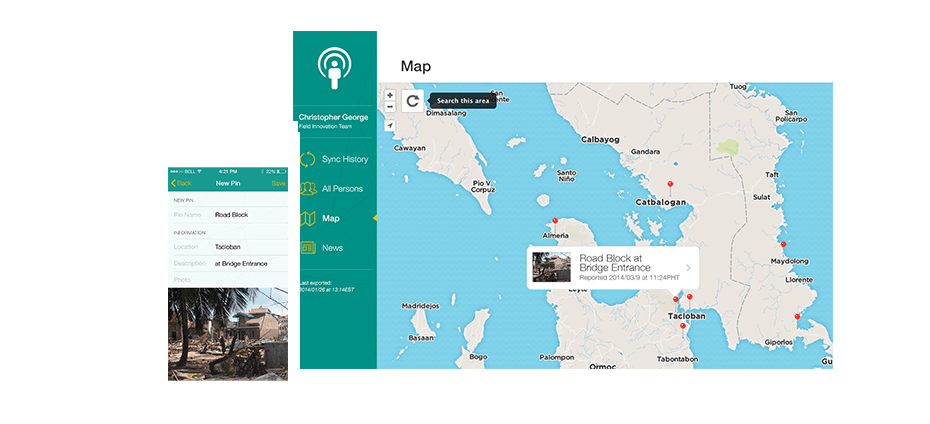
Who We Work With
Providing faster communication of critical
information without relying on infrastructure.
We Provide Services To:
- International NGO/IGO's
- Community-based NGO's
- Office of Emergency Management
- Government Agencies
Traditional mesh networks and clipboard-based data collection methods introduce risks and challenges in data entry, storage, and integrity. LDLN is there to ensure that the benefits of modern communication are not lost for relief organizations.
Medical Emergencies
Missing Persons
Damaged Infrastructure
Volunteer Management
Resource Allocation
Distribution of Alerts
Flight Path Communication Network for UAVs
Alternative Transportation Routes
How It Works
Low cost and portable,
simple to deploy and use.
Base Station
Installed at critical communication points, the LDLN Base Station is the backbone of the network, providing a basis for a suite of data and rich media synchronization services. On a technical level, it combines all the benefits of a traditional decentralized mesh network, while maintaining the reliability, security, and storage capabilities of a traditional web server. Registered users can access the services and decrypt the private data either through a LDLN-powered mobile app or directly access the web interface over WiFi.

Mobile Apps
LDLN apps provide the ease of a modern mobile experience, but without reliance on traditional centralized networks like cell towers and the Internet. Using complex p2p and web socket technology, the apps shuttle critical data across the private network's chain of Base Stations and mobile devices. Forms for collecting data can be customized in the admin interface on the Base Station, and will automagically update on LDLN mobile apps after a quick sync.
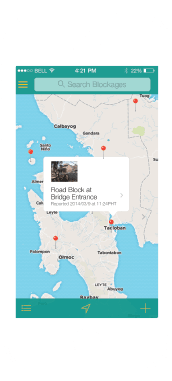

Syncing
Synchronization is accomplished through a process that involves complicated-sounding technologies like "hashing" and "diffing." Simply put though, apps and Base Stations make each other aware of what information they are each missing, without exposing exactly the details of the information to nefarious parties. To this end, data on the LDLN network remains encrypted by default, and lightning fast connections are used to transfer massive amounts of information in a short period of time.
Sync Between Agents
Don't have a Base Station yet? No problem! Our apps have built-in peer-to-peer tech that allows two mobile devices to connect directly to each other to exchange information. Send messages, sensitive records, and documents directly from one device to another, without compromising the contents of the data.
Back Online HQ
Looking to customize the types of data allowed on the network? Need to add another user? Want to run reports on the information on the network? The easy-to-use administrative interface can be accessed in a browser by connecting a wifi-enabled device (phone, tablet, laptop) to the Base Station and accessing the portal. Reports can be filtered for quick insights, or exported to various file formats for more intensive analysis.
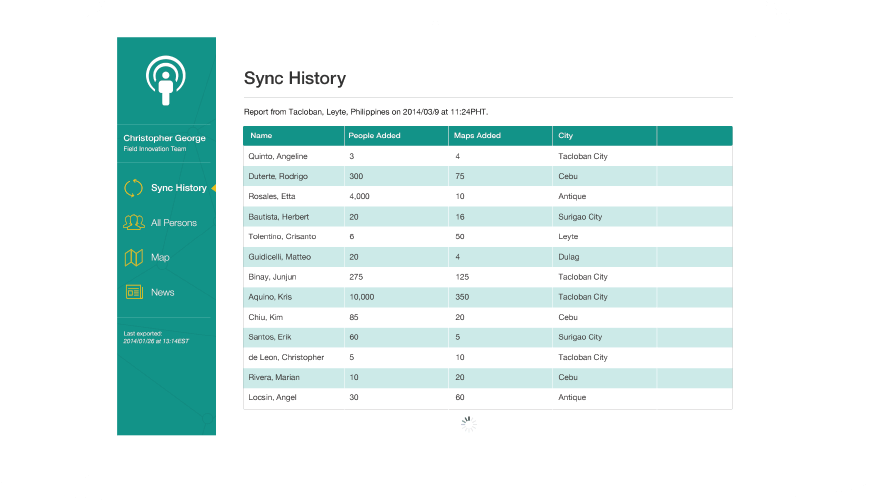
Our Team
Social Innovators, Technologists, and Relief Specialists
Our team comes with years of experience living and working within disaster affected communities. From the savannah of Eastern Africa to the front lines of Superstorm Sandy in New York City, members of LDLN have seen the good and bad of disaster responses.
Consulting with officials from FEMA, Department of Homeland Security, Google, Field Innovation Team, and the Red Cross, LDLN has tailored our product to the needs and restrictions of disaster relief agencies.
LDLN's security methodologies are created by the same people that created industry standard payment card networks. Our user interface designers have created products that are used by millions of people daily. Our field team has years of collective experience in a wide variety of high intensity and high sensitivity situations.
Case Studies
Places we've been, faces we've seen
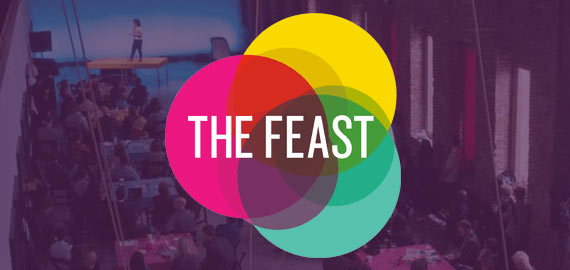
The Feast
After an inspiring visit to IDEO Digital Labs in Palo Alto, CA, we returned to NYC ready to hit the ground running for The Feast 2014 and the associated Hardware Hackathon. We met with attendees from FEMA, DHS, Intel, and many others to discuss opportunities for LDLN. During the hackathon we worked to make our Base Stations location-aware, and to increase the range of communication by leveraging wireless technologies beyond pure WiFi. More information is available on the White House OSTP blog's recap of the event.
Photo Credit: The Feast

White House Disaster Innovation and Demo Day
In late July, we were invited to attend the exclusive White House Innovation and Demo Day in Washington, D.C. We met with with various major players in the private sector as well as local and Federal departments and agencies about the myriad ways they are leveraging technology to improve disaster response and recovery. We also consulted on the manner in which to best present data to technologists on the now-newly-launched Data.gov. For more info, check out the official White House blog and Fact Sheet
Photo Credit: Glyn Lowe
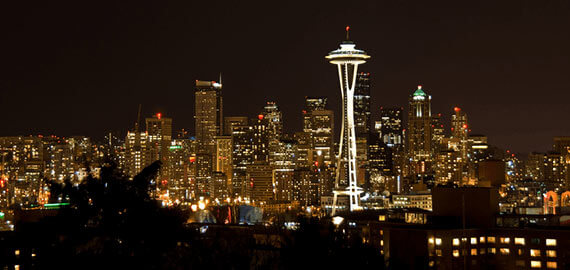
Seattle Office of Emergency Management
We were introduced to the Seattle OEM by our advisor, Frank Sanborn (a former Microsoft software engineer, White House Innovation Fellow, and expert in post-disaster communications) in early 2014. In May of that year, we performed a live field demonstration to show off the capabilities of the LDLN infrastructure. Base Stations were connected to the Internet and synchronized with a central cloud-based server, which was a first for us at that time. We continue to maintain a great relationship and are working to collaborate on several fronts.
Photo Credit: Bryce Edwards
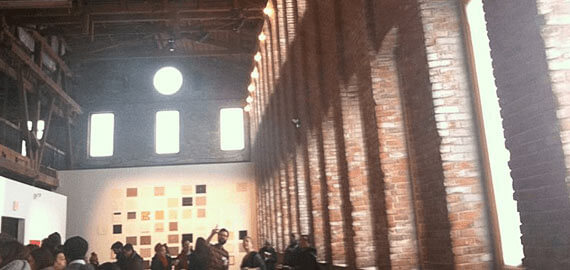
Hack Red Hook at Pioneer Works
In a return to our roots, LDLN attended Hack Red Hook to spend a weekend dedicated to trading sleep for the greater good. In the end, we walked away with the "Best Coastal Awareness Hack" and a much more robust and feature-rich set of LDLN-powered tools. We also had the privilege of working with some folks from the Red Hook Initiative's youth coding program, trading knowledge and skills with each other over the course of the weekend.
Photo Credit: Amanda Hirsch
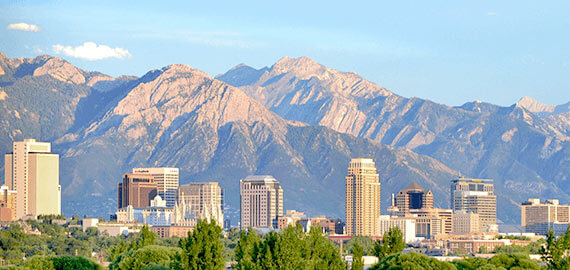
Field Innovation Team Boot Camp
Our team was well-represented in Heber City, Utah at the Field Innovation Team's Boot Camp exercise in early March of 2014. We were honored to give one of the keynote presentations followed by a couple days of demonstrations. At one point there were 20 LDLN-powered mobile devices syncing data between 3 LDLN-powered nodes, and everything was working quite seamlessly. It was a great step forward in our team's relatively short history at that point, and an awesome networking opportunity to sit down with former government leaders, world-class designers, and innovators from nearly every industry.
Photo Credit: Garrett
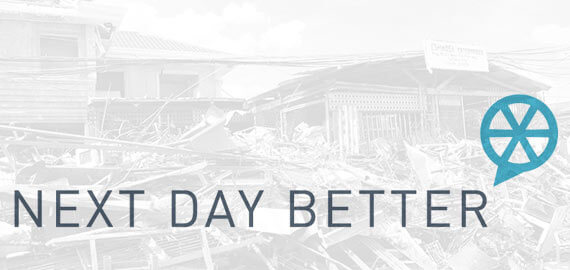
Next Day Better: Hackathon for Typhoon Haiyan
In response to Typhoon Haiyan, which struck the Philippines on Nov 8 with devastating consequences, over 50 software developers, designers, and strategists gathered at the Projective Space in New York City, on Nov 7, to hack for a good cause. As the winners of the hackathon, LDLN was presented with a six-month incubation and mentorship program with Geeks Without Bounds, and also started a strong partnership with NextDayBetter which continues to grow even until today. See the Rappler and Asian Journal coverage for more details.
Photo Credit: International Labour Organization
Press
Read what they're saying about us
Preparing for the Pacific Northwest Earthquake and Its Aftermath
Passion, instinct: Joining the NextDayBetter movement
How Disaster "Mesh" Networks Provide Critical Value in Disasters [A Primer]
Data and Info Sharing with No Power or Internet? - Meet LDLN
Hardware Hacking for Disaster Response in Red Hook, Brooklyn
Scenes from the 2014 Civic Hardware Hackathon for Disaster Preparedness
Hacking Hardware to Prototype Resilience at the Feast
NextDayBetter’s NYC Event: Great Food. Great People. Great Ideas.
The Disaster Mesh
Hack Red Hook: 5 winning projects from this Red Hook hackathon
#NextDayBetter offers a platform for big thinkers and doers
Request A Demo
We're always looking for new partners!
Are you an individual or organization looking for a modern communication and document-sharing tool free from phone and power lines? Are you a top-notch developer excited to contribute to our code base? Do you have a question not answered here? We'd love to hear from you!










